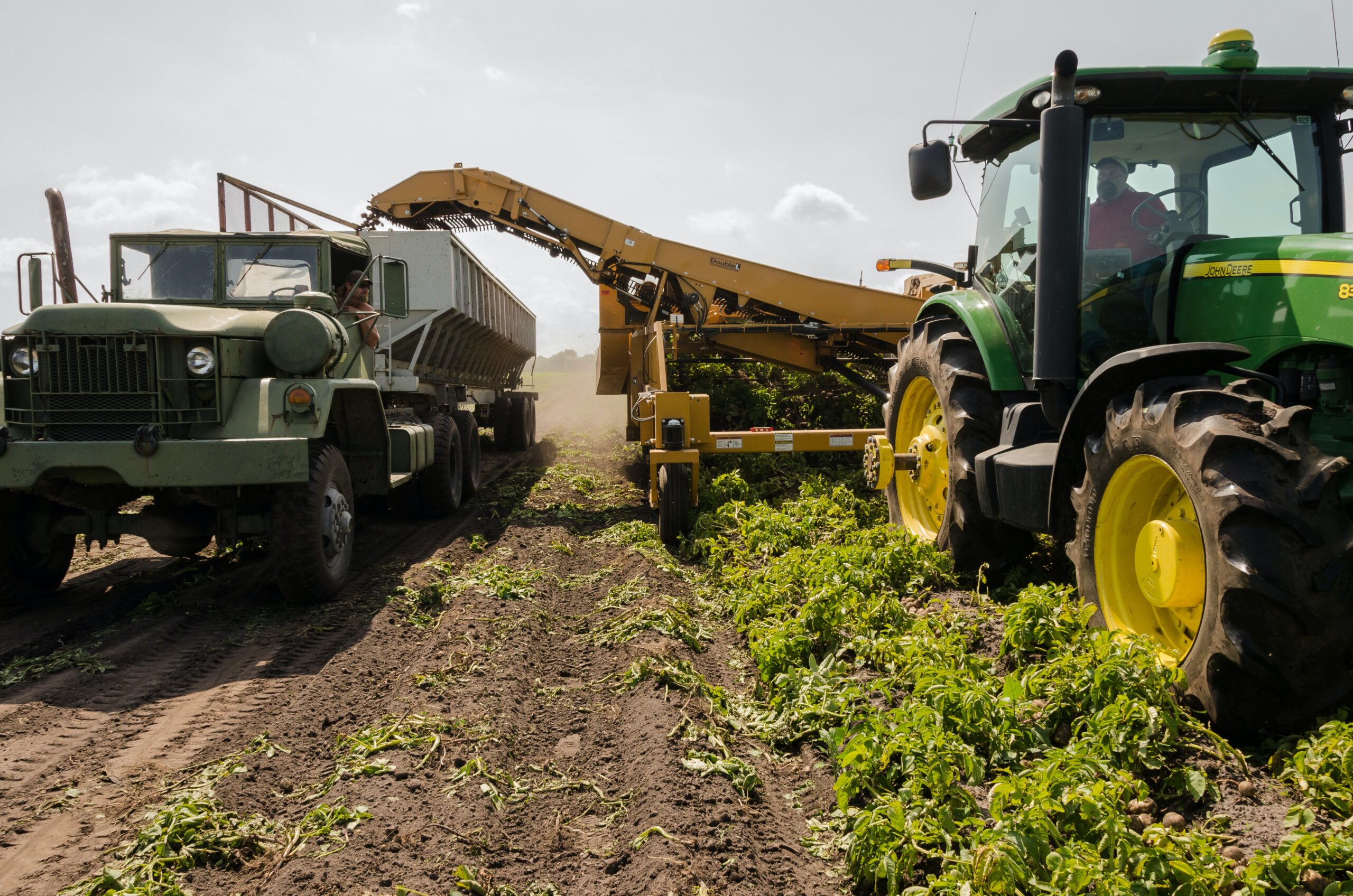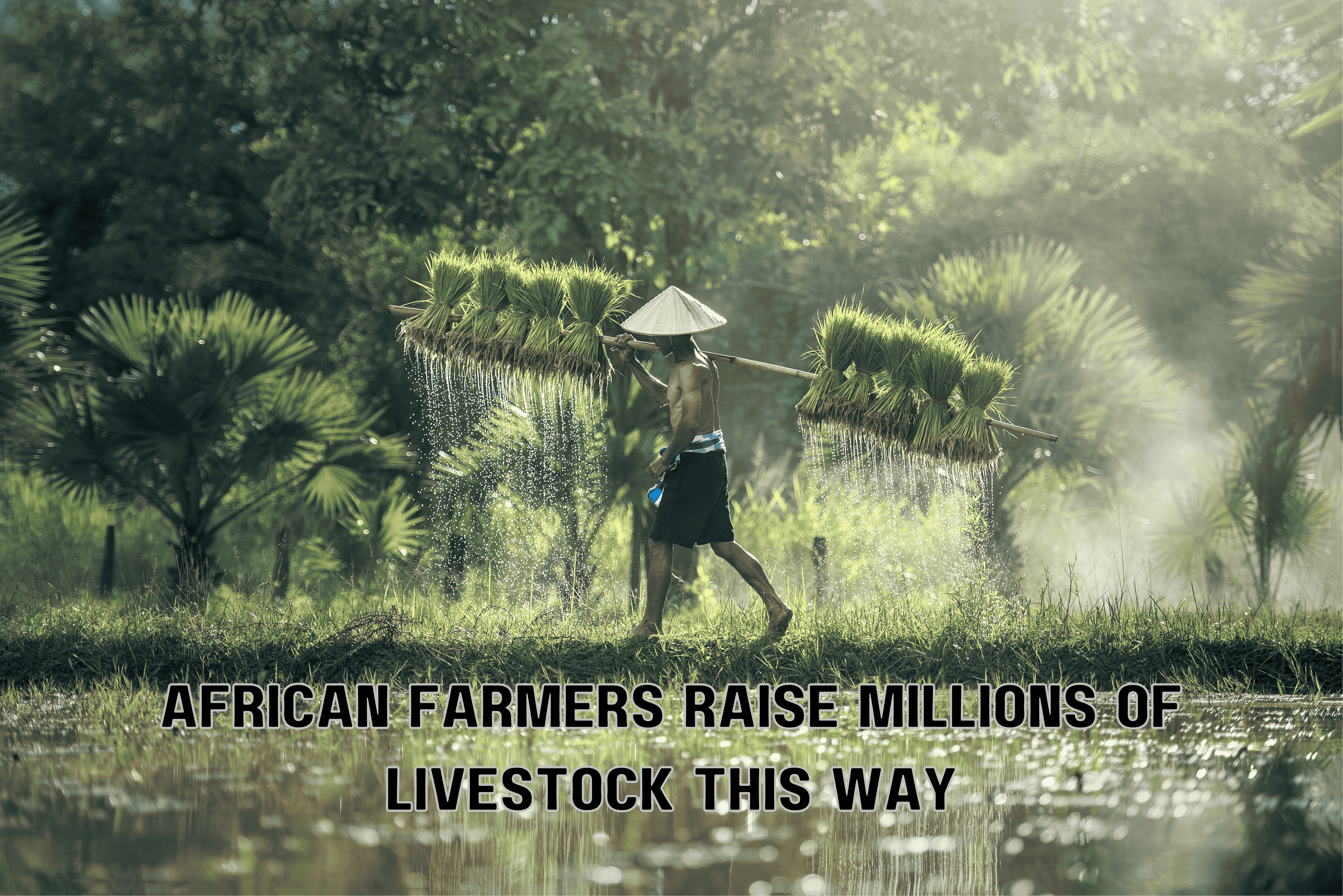Introduction:
Agriculture in Canada plays a pivotal role in the nation’s economy, food security, and environmental stewardship. With its vast land area and diverse climatic conditions, Canada possesses a rich agricultural landscape that supports a wide range of crops, livestock, and innovative farming practices. This article delves into the intricacies of Canadian agriculture, exploring its historical significance, current state, key challenges, and sustainable initiatives that drive the sector’s growth.
Historical Significance:
Agriculture has been an integral part of Canada’s history and development since its early settlement. Indigenous communities practiced sustainable farming techniques long before European settlers arrived. The first European settlers introduced traditional farming practices, including the cultivation of grains, vegetables, and fruits. Over time, agricultural technologies evolved, and the country witnessed a shift from subsistence farming to large-scale commercial production, establishing Canada as an agricultural powerhouse.
Key Agricultural Commodities:
Canada is renowned for its production of various agricultural commodities, which contribute significantly to the domestic and global markets. The country ranks among the top global producers and exporters of wheat, canola, barley, lentils, flaxseed, beef, pork, and poultry. The vast expanses of fertile land and favorable climatic conditions in regions such as the Prairies, Ontario, and Quebec facilitate the production of these commodities, enabling Canada to meet domestic demands and serve as an essential player in international trade.
Technological Advancements:
The agricultural sector in Canada has witnessed remarkable advancements in technology, revolutionizing farming practices and boosting productivity. Precision agriculture techniques, such as GPS-guided machinery and drones, enable farmers to optimize resource utilization, minimize waste, and enhance crop yields. Additionally, innovations like genetic engineering and biotechnology have led to the development of disease-resistant crops, thereby ensuring food security and sustainability.
Sustainable Farming Practices:
Canadian farmers have embraced sustainable farming practices to mitigate environmental impacts, preserve natural resources, and ensure long-term agricultural viability. Conservation tillage methods, crop rotation, and integrated pest management techniques reduce soil erosion, enhance soil health, and minimize the use of chemical inputs. Furthermore, the adoption of green energy solutions, such as solar panels and wind turbines, enables farmers to reduce their carbon footprint and generate clean energy for their operations.

Challenges Faced by Canadian Farmers:
Despite the achievements and advancements in Canadian agriculture, farmers face numerous challenges that impact their livelihoods. Climate change-induced weather variability poses a significant threat, leading to extreme weather events like droughts, floods, and heatwaves, which can devastate crops and livestock. Moreover, escalating production costs, fluctuating market prices, and labor shortages add to the difficulties faced by farmers. Addressing these challenges necessitates innovative solutions and supportive policies from government authorities.
Government Support and Policies:
Recognizing the importance of the agricultural sector, the Canadian government has implemented various programs and policies to support farmers and ensure sustainable growth. Financial assistance, research funding, and insurance programs help mitigate risks associated with crop failure and market volatility. Additionally, regulatory frameworks focus on food safety, animal welfare, and environmental conservation, safeguarding the sector’s integrity and promoting responsible farming practices.
Market Access and International Trade:
Canada’s agriculture industry heavily relies on international trade, exporting its surplus production to global markets. The country has established strong trade relationships with key partners, such as the United States, China, Japan, and the European Union. Trade agreements, such as the Canada-United States-Mexico Agreement (CUSMA) and the Comprehensive and Progressive Agreement for Trans-Pacific Partnership (CPTPP), have expanded market access, fostering economic growth and stability for Canadian farmers.
Future Outlook and Sustainability:
The future of Canadian agriculture lies in the continued pursuit of sustainable practices and the integration of cutting-edge technologies. Research and development efforts are crucial for enhancing crop varieties, improving livestock genetics, and increasing overall productivity. The integration of digital agriculture, artificial intelligence, and blockchain technology holds immense potential for optimizing supply chain management, traceability, and market transparency.
Moreover, climate change adaptation and resilience strategies will play a significant role in ensuring the sector’s long-term sustainability. Investments in irrigation systems, water management infrastructure, and sustainable land use practices can help mitigate the impacts of changing weather patterns and protect agricultural productivity. Collaborative initiatives between farmers, researchers, and policymakers are essential for developing innovative solutions and sharing best practices.
Another key aspect of the future of Canadian agriculture is the promotion of agroecology and organic farming. Consumers’ growing demand for organic and sustainably produced food presents an opportunity for farmers to adopt organic practices, reduce synthetic inputs, and enhance biodiversity on their farms. Transitioning to regenerative agriculture methods, which focus on soil health, carbon sequestration, and ecosystem resilience, can contribute to climate change mitigation and improve overall farm sustainability.
Furthermore, diversification and value-added opportunities can enhance the profitability and resilience of Canadian farms. Value-added processing, on-farm Agri-tourism, and direct-to-consumer marketing can provide additional income streams for farmers while strengthening local economies and community engagement. Supporting the growth of small-scale and niche agricultural enterprises can contribute to agricultural diversity and foster rural development.

Conclusion:
Agriculture in Canada stands as a vital sector that combines innovation, sustainability, and economic prosperity. With its rich history, diverse agricultural landscape, and commitment to sustainable practices, Canada continues to play a crucial role in global food production and security. By embracing technological advancements, addressing challenges, and promoting sustainable farming practices, Canadian farmers are well-positioned to navigate the evolving agricultural landscape and contribute to a more resilient and sustainable future. The support of government policies, research and development, and international trade partnerships will remain crucial in realizing the full potential of Canadian agriculture.





